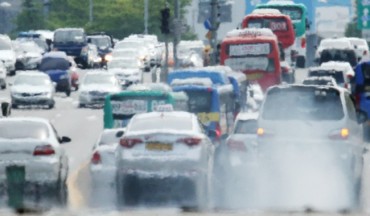SEJONG, June 28 (Korea Bizwire) — Jeju Island had the highest ratio of double income households last year among South Korea’s major cities and provinces, data showed Sunday.
Among the island’s 158,000 households with married couples, the share of double income households stood at 60.4 percent or 96,000 households, the highest ratio among major regions in the country, according to the Statistics Korea.
Following Jeju were South Jeolla Province at 57.7 percent, North Jeolla Province at 54.3 percent, Sejong at 50.6 percent, Gwangju at 48.7 percent, and Daejeon at 46.7 percent.
The ratio of double income households for these regions was higher than the national average of 45.4 percent.
“The share of double income households is relatively high in regions that rely on wholesale/retail business or agriculture, forestry, and fishery,” said Kim Kyung-hee, head of the Statistics Korea’s Employment Statistics Department.
“More than 20 percent of households in Jeju, Jeonnam and Jeonbuk, the regions with higher ratios of double income households, rely on agriculture, forestry and fishery to make a living.”
In contrast, Ulsan was ranked as having the lowest double income household ratio among major regions. Among its 288,000 households with a married couple, the share of double income households stood at only 37.9 percent or 109,000 households.
The Statistics Korea attributed this to the city’s very low female employment rate. Among the nation’s 17 major cities and provinces, Ulsan recorded the lowest female employment rate at 44.7 percent.
Since Ulsan has a higher gross regional domestic product (GRDP) and lots of industrial complexes, demand for jobs among women is relatively low compared to other cities and regions.
J. S. Shin (js_shin@koreabizwire.com)







